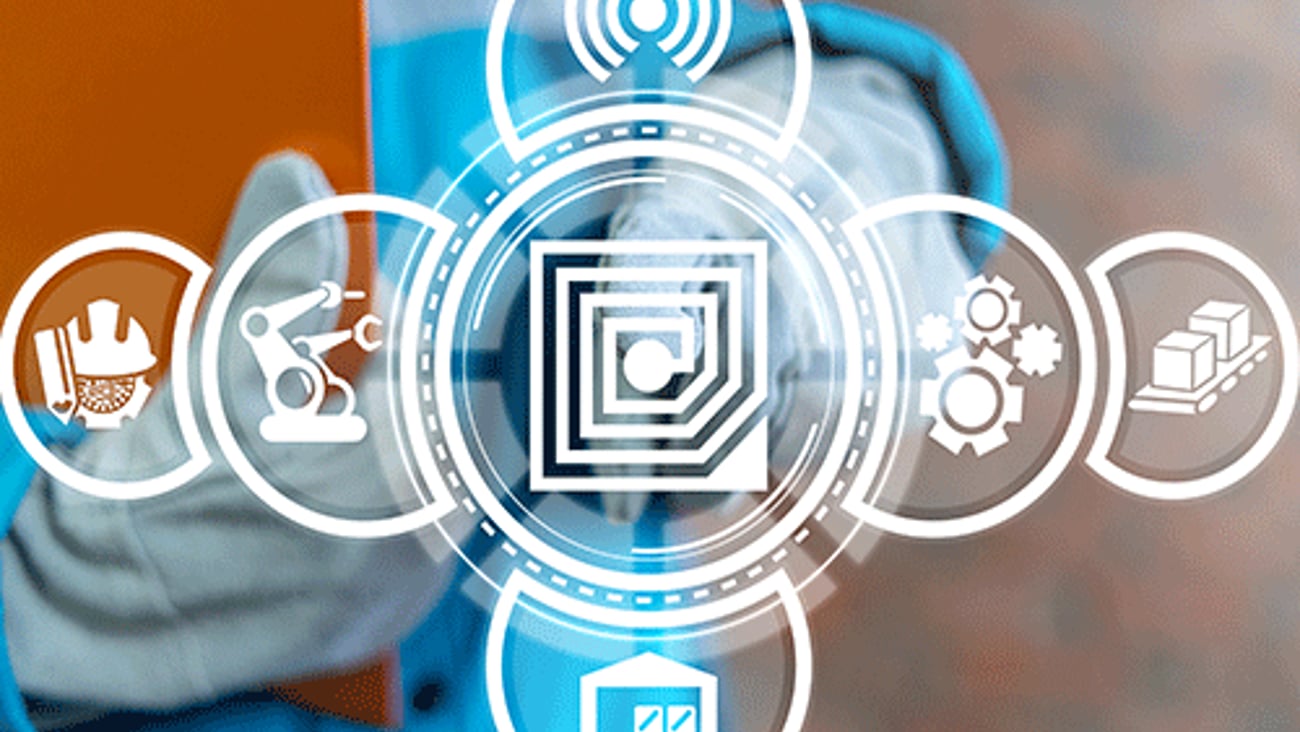Three signs on-demand delivery is coming of age
On-demand delivery is becoming a standard fixture in the retail environment.
Slowly but steadily, on-demand delivery has been growing in popularity as as omnichannel shopping feature. However, the impact of the COVID-19 pandemic confining consumers to their homes and shuttering many stores rapidly shifted on-demand delivery into a mainstream service.
Even as states begin easing their COVID-19 restrictions and consumers start returning to physical stores, there are a number of indicators that on-demand delivery has come of age and will thrive post-pandemic. Following are three leading signs on-demand delivery is exiting its awkward adolescence.
Grubhub acquired for big bucks
Dutch food delivery company Just Eat Takeaway has agreed to buy U.S. on-demand food delivery platform Grubhub for $7.3 billion. And Grubhub only holds the third-largest share of the U.S. market (though its customers spend the most), according to data from Edison Trends.
Major global companies do not generally spend billions of dollars to gain footholds into markets without significant growth potential. Number two U.S. on-demand food delivery platform Uber Eats had also been negotiating to purchase Grubhub for a year.
Just Takeaway.com publicly stated it believes the U.S. food delivery market is “underpenetrated,” and will particularly focus on expanding into rural areas lacking access to on-demand delivery services. Money talks, and it is saying on-demand delivery is here to stay.
Instacart goes beyond groceries
On-demand delivery is most frequently associated with food, whether a takeout order from a restaurant or a grocery purchase. However, leading on-demand grocery delivery platform Instacart has recently launched partnerships with Big Lots and Staples that go well beyond food.
The Big Lots partnership will deliver the closeout retailer’s groceries and everyday essentials, as well as a variety of non-grocery home goods and décor items. The Staples collaboration will offer products including home office essentials, back-to-school necessities, cleaning supplies, and personal protective equipment, along with a limited number of bulk-packaged food and beverage items.
Instacart has been hiring hundreds of thousands of new workers to keep up with orders since the pandemic began, so clearly it is not entering new verticals out of desperation. Rather, this suggests Instacart is confident the convenience and efficiency of on-demand delivery will appeal even to customers with motivations other than hunger.
Walmart delivers the goods to young urban professionals
In May, Walmart announced its intention to ground Jet.com, an e-commerce subsidiary aimed at a younger, more affluent and urban shopper than the discounter’s traditional customer. While Jet.com never really took off as a standalone offering, Walmart did offer Jet customers fast, customized delivery through Parcel, its same-day, last-mile delivery subsidiary. Jet also partnered with New York-based brands and small businesses to offer a more localized product assortment.
And Jet is not totally going away. On the company's quarterly earnings call with analysts, Walmart CEO Doug McMillion credited the acquisition of Jet.com as “jump-starting the progress we have made the last few years.”
The Jet.com team has already been folded into the Walmart e-commerce organization. While Walmart has not specified exactly how the spirit of Jet will live on, don’t be surprised if the discounter continues using on-demand delivery as a crucial component of its efforts to grow its customer base.







